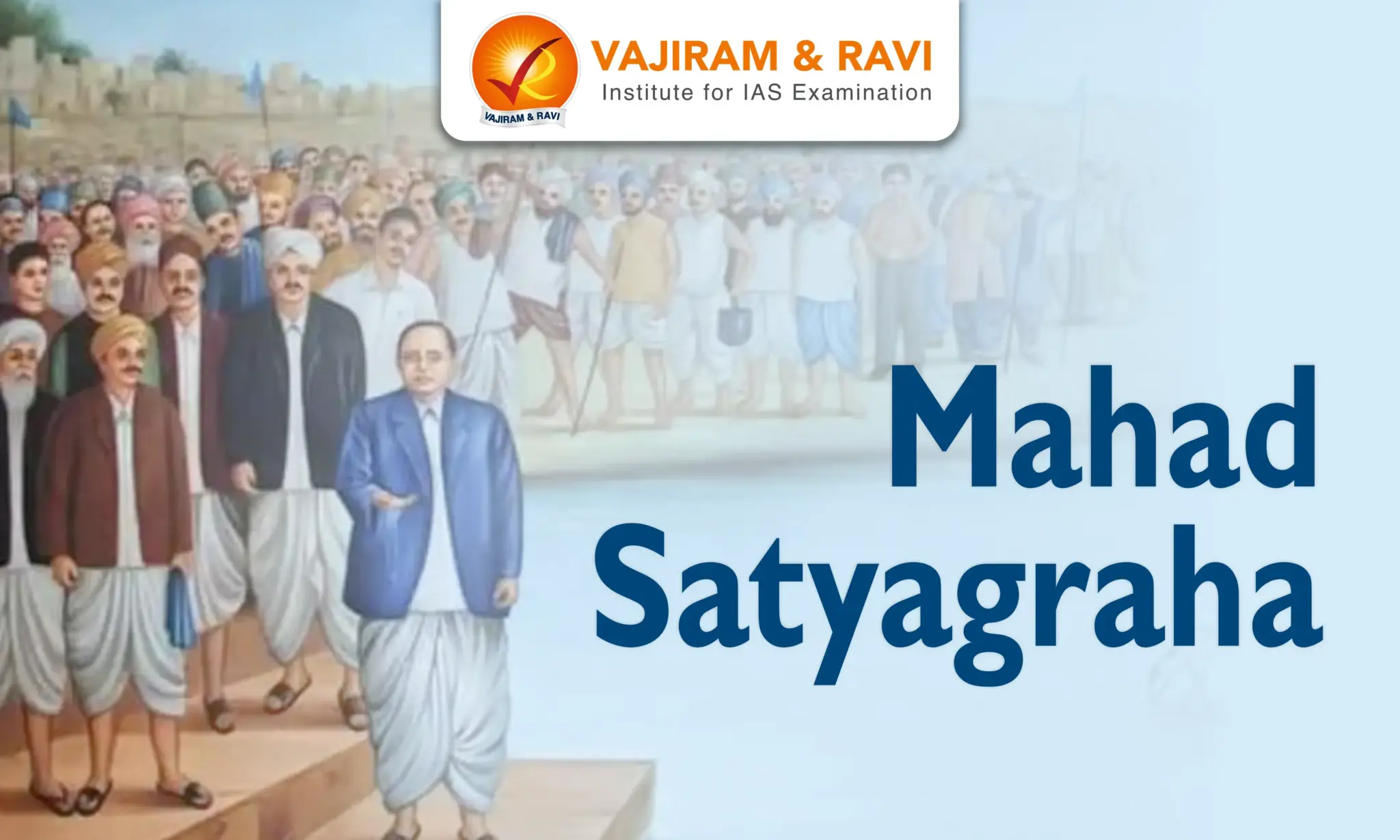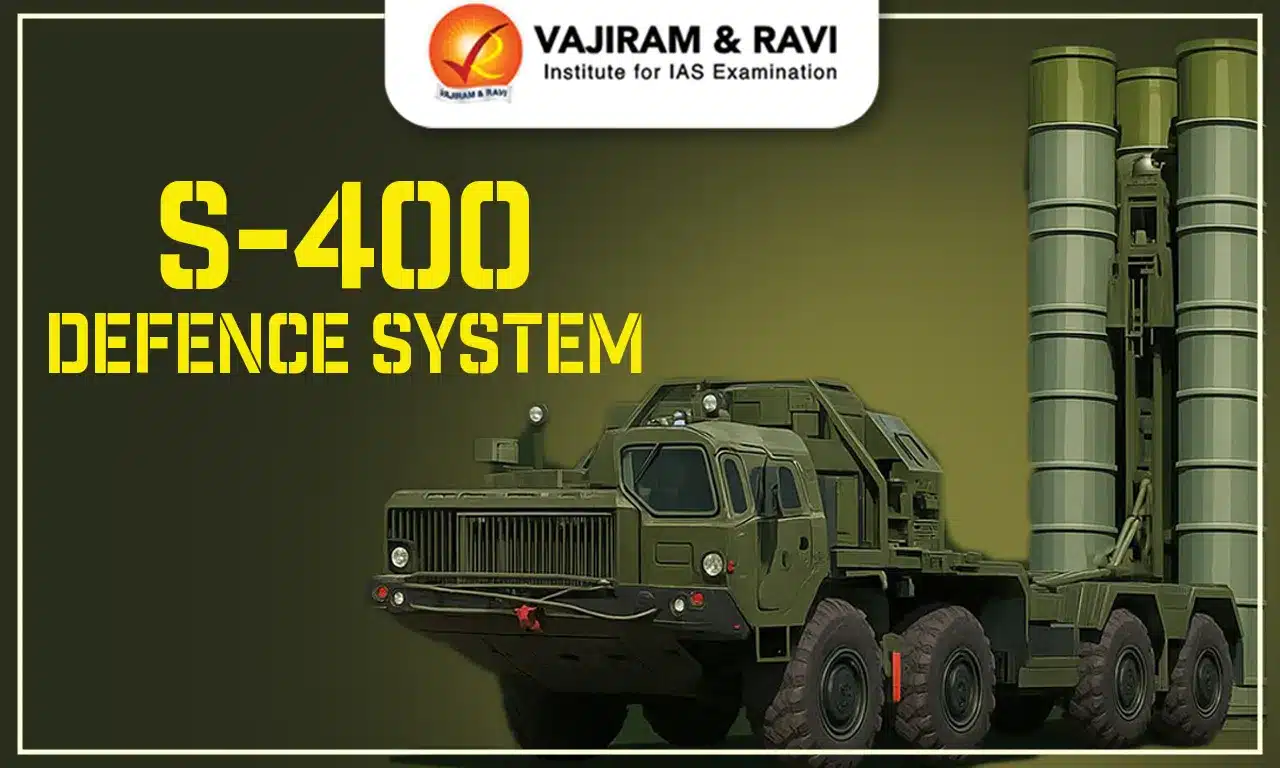The LVM3, previously known as GSLV Mark III is a three-stage medium to heavy lift launch vehicle developed by the Indian Space Research Organisation (ISRO). It represents India's most powerful and advanced launch vehicle built entirely with domestic technology.
Since its first flight in 2014, the LVM3 has enabled India to pursue heavy-lift geosynchronous missions with complete strategic autonomy. Future variants of LVM3 now under development are aimed at reducing costs and improving performance through new technologies like electric propulsion and recoverable first stages.
About LVM3
The LVM3 is India's most powerful launcher built entirely with domestic technology. With two large strap-on boosters providing high thrust on lift-off and a cryogenic upper stage, it can launch 4-ton class satellites to geostationary transfer orbit.
LVM3 Description
The technical specifications of LVM3 include:
| Basic details of LVM3 | |
| Category | - Medium to heavy-lift launch vehicle |
| Launch History | - First flight:18 December 2014 (suborbital); 5 June 2017 (orbital) |
| Size |
- Height: 43.5 m - Diameter: 4.0 m - Heat Shield (Payload Fairing) Diameter: 5.0 m - Lift Off Mass: 640 tonnes |
| Payload Capacity |
- GTO (Geosynchronous Transfer Orbits): 4,000 kg - LEO (Low Earth Orbits): 8,000 kg |
| Stages of LVM3 | |
| Stages of LVM3 | Use of Equipment and Fuel |
| Booster Stage |
- S200 solid motor - Fuel: HTPB (Hydroxyl-terminated polybutadiene) |
| Liquid Core Stage |
- Two Vikas engine - Fuel: UH25 + N2O4 |
| Cryogenic stage |
- Indigenous high-thrust cryogenic engine(CE25) - Fuel: LOX + LH2 |
LVM3 Missions
Here are some key missions launched by ISRO's LVM3 rocket:
| Missions | Details |
| LVM-3/CARE Mission |
- Launch Date: December 18, 2014 - Payload: Crew Module Atmospheric Re-entry Experiment (CARE) - Remarks: An experimental suborbital flight to test the crew module’s re-entry capabilities. |
| LVM3-D1 / GSAT-19 Mission |
- Launch Date: June 05, 2017 - Payload: GSAT-19 communication satellite - Remarks: Marked the first orbital test launch of the LVM3. |
| LVM3-D2 / GSAT-29 Mission |
- Launch Date: November 14, 2018 - Payload: GSAT-29 communication satellite - Remarks: Demonstrated the LVM3’s capability for launching communication satellites. |
| LVM3 M1 / Chandrayaan-2 Mission |
- Launch Date: July 22, 2019 - Payload: Chandrayaan-2 - Remarks: India’s second lunar mission, including an orbiter, lander, and rover. |
| LVM3 M2 / OneWeb India-1 Mission |
- Launch Date: October 23, 2022 - Payload: OneWeb Gen-1 satellites - Remarks: India’s first commercial launch of the LVM3. |
| LVM3 M3 / OneWeb India-2 Mission |
- Launch Date: March 26, 2023 - Payload: OneWeb Gen-1 satellites - Remarks: Part of the global OneWeb satellite constellation for high-speed internet connectivity. |
| LVM3 M4 / Chandrayaan-3 Moon Mission |
- Launch Date: July 14, 2023 - Payload: Chandrayaan-3 - Remarks: India’s third lunar mission, aimed at exploring the Moon’s surface |
Performance of LVM3
- The LVM3 successfully launched several missions, including CARE (India's space capsule recovery experiment module), Chandrayaan-2, and Chandrayaan-3 (India's moon missions).
- It will be used for the Gaganyaan crewed missionunder the Indian Human Spaceflight Programme.
| Variant | Launches | Successes | Failures |
| GSLV Mk. III | 7 | 7 | 0 |
Significance of LVM3
The successful development of LVM3 carries profound strategic significance for India's civilian space program and related national interests across economic and technological domains.
- Enhanced Launch Capabilities: LVM3 provides heavy lift launch capacity of 4-ton class satellites into GTO, enabling complex future space missions of India beyond earth orbit.
- Strategic Autonomy: LVM3 boosts India's self-reliance in the space sector, reduces dependence on foreign launch providers, and serves the country's strategic needs in the space domain.
- Economic Benefits: It saves costs through launch self-reliance, enables space-based services for socio-economic growth, and facilitates commercial launches to generate revenue.
- Technology Demonstration: LVM3 demonstrates India's mastery of cryogenic engines and critical technologies like stage separation, showcasing the country's indigenous scientific and technical prowess.
PYQs on LVM3
Question 1: With reference to India's satellite launch vehicles, consider the following statements:
- PSLVs launch satellites useful for Earth resources monitoring whereas GSLVs are designed mainly to launch communication satellites.
- Satellites launched by PSLV appear to remain permanently fixed in the same position in the sky, as viewed from a particular location on Earth.
- GSLV Mk III is a four-stage launch vehicle with the first and third stages using solid rocket motors, and the second and fourth stages using liquid rocket engines.
Which of the statements given above is/are correct? (UPSC Prelims 2018)
- 1 only
- 2 and 3
- 1 and 2
- 3 only
Answer: (a)
Last updated on November, 2025
→ Check out the latest UPSC Syllabus 2026 here.
→ Join Vajiram & Ravi’s Interview Guidance Programme for expert help to crack your final UPSC stage.
→ UPSC Mains Result 2025 is now out.
→ UPSC Notification 2026 is scheduled to be released on January 14, 2026.
→ UPSC Calendar 2026 is released on 15th May, 2025.
→ The UPSC Vacancy 2025 were released 1129, out of which 979 were for UPSC CSE and remaining 150 are for UPSC IFoS.
→ UPSC Prelims 2026 will be conducted on 24th May, 2026 & UPSC Mains 2026 will be conducted on 21st August 2026.
→ The UPSC Selection Process is of 3 stages-Prelims, Mains and Interview.
→ UPSC Result 2024 is released with latest UPSC Marksheet 2024. Check Now!
→ UPSC Prelims Result 2025 is out now for the CSE held on 25 May 2025.
→ UPSC Toppers List 2024 is released now. Shakti Dubey is UPSC AIR 1 2024 Topper.
→ UPSC Prelims Question Paper 2025 and Unofficial Prelims Answer Key 2025 are available now.
→ UPSC Mains Question Paper 2025 is out for Essay, GS 1, 2, 3 & GS 4.
→ UPSC Mains Indian Language Question Paper 2025 is now out.
→ UPSC Mains Optional Question Paper 2025 is now out.
→ Also check Best IAS Coaching in Delhi
LVM3 FAQs
Q1. What is the full form of LVM3?+
Q2. What is the difference between LVM3 and GSLV?+
Q3. Why is LVM3 called the Indian Bahubali of ISRO?+
Tags: lvm3 - gslv mk3 quest

















